Nationality Canada Siblings Douglas Cardinal | Died 16 September 2009 Nephew Bret Cardinal | |
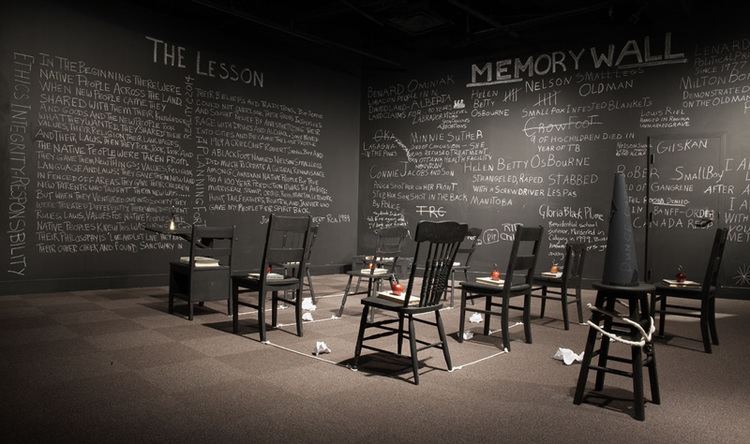 | ||
Books Mark Makers : An Exhibition of Work by Artists Who Have Lived and Worked in Saskatchewan | ||
Northwest profiles joane cardinal schubert rca
Joane Cardinal-Schubert (1942 - 2009) was an artist of Kainaiwa ancestry. She was a member of the Royal Canadian Academy of Arts. She was an activist for native sovereignty.
Contents
- Northwest profiles joane cardinal schubert rca
- Joane cardinal schubert 2007 award laureate arts
- Early life
- Education
- Artwork
- Recognition
- Heritage
- Legacy
- References
Joane cardinal schubert 2007 award laureate arts
Early life
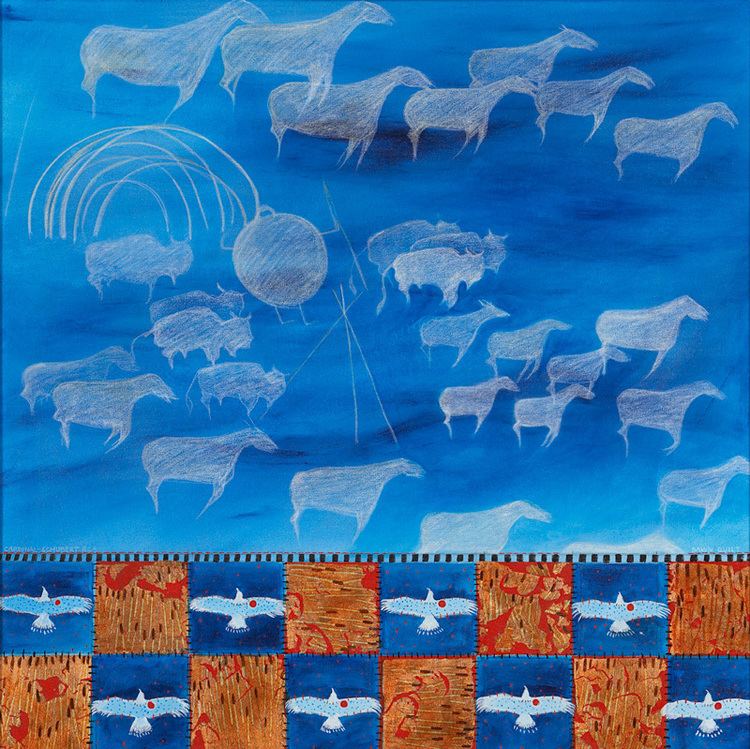
Cardinal-Schubert was born in 1942 in the town of Red Deer. She attended the Alberta College of Art in 1962 where she studied painting, printmaking, and multimedia. Cardinal-Schubert's indigenous culture was omitted from the education system, the media, history books, and arts. She focussed her work primarily on her family history and Kainaiwa ancestry.
Education
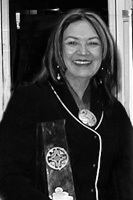
In 1973 she began a B.A. at the University of Alberta before transferring to the University of Calgary to graduate with a B.F.A. in 1977. In 1978 Cardinal-Schubert worked as an assistant curator at the University of Calgary Art Gallery, and the Nickle Arts Museum (also in Calgary), from 1979 to 1985. Throughout her career her writings have been published internationally in art magazines, catalogues, and books.
Artwork
Cardinal-Schubert’s paintings and installations tell of her personal experiences which she weaves with social and historical events. Visually her work depicts valiant Indigenous motifs while communicating about subjects that affect and impact her. She takes up and revisits continuously issues of colonialism and the destruction of the environment throughout her work which at times reflects a ‘collective Indian experience’ while at other times producing work which is also informed by trends in Western avant-garde and contemporary art. When asked about her experience as an Indigenous artist she writes:
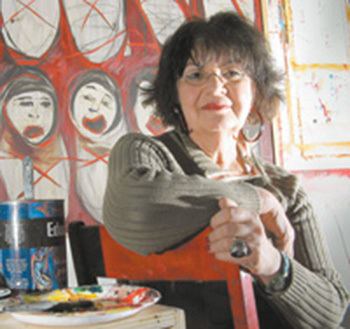
"I had a difficult time realizing I was categorized by my personal expressions. The categorization of Native Art was attached to my work and others' works by non-Native curators. Even though I had written the same exams in University and fulfilled all the requirements of a degree...when I got out of school my content which was largely about myself, who I was, my responses to the world etc. was labelled as Native Art and then political art - they seemed to go together. Later when Native Curators came on the scene, and called the work Native art - that was different. We were declaring who we were, not being told by others".
Recognition
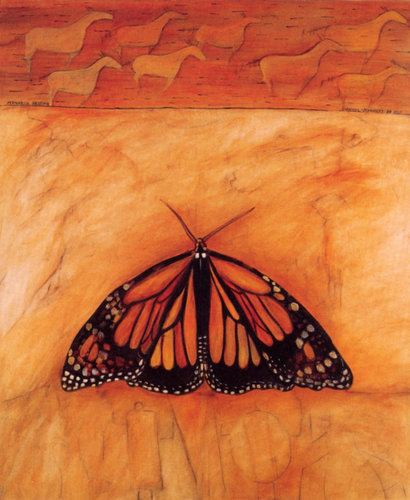
Cardinal-Schubert was the fourth woman to be admitted to the Royal Canadian Academy of Arts in 1986. In 1993 she received the Commemorative Medal of Canada and 2003 she was given as honorary doctorate of laws by her alma mata. In 2005 she was given the Queen’s Golden Jubilee Medal. In 2007 the National Aboriginal Achievement Foundation, now Indspire, gave her their Art Award.
Heritage
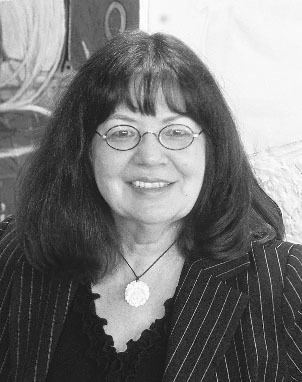
Cardinal-Schubert is a member of the The Kainai Nation (Káínawa, or Blood Tribe) which is a First Nation in southern Alberta, Canada with a population of 12,800 as of 2015, occupying approximately 549.7 square miles (884.6 km) with a Timber Limit in the Rocky Mountains of approximately 7.5 square miles (12.1 km). They are part of the Niitsítapi or Blackfoot Confederacy of the Original People. The traditional Blackfoot territory extends from the Rocky Mountains to the West; the Sand Hills to the East; to the North Saskatchewan in the North, and the Yellowstone in the South.

The Blood Tribe/ Kainai and their political, cultural, and economic allies the Peigan and Siksika make up the Blackfoot Confederacy. and are considered to be the oldest residents of the western prairie region The Bloods have created and maintained an attitude of independence and pride in their identity as Kainai which has allowed them to successfully resist the efforts of governments, churches, and other European agencies from enacting systems into traditions which could have resulted in a harmful and disadvantageous effect on legal rights and the cultural identity of the Kainai.
She helped create a space for Indigenous art in Canada and fought for the right of Native artists to be exhibited in galleries and museums. In 2009 she traveled the province of Alberta on behalf of the Alberta Foundation for the Arts to meet with Indigenous artists and identify work from the various stages of their careers not represented in the Foundation’s collection, and to recommend purchases which directly benefited Indigenous artists and also made their work available for future generations.
Her various pursuits as an activist, curator, and writer helped to expose truths about Indigenous history, culture and contemporary issues. In particular her installation and painting practice is known for its insightful ability to elicit Indigenous experience while examining the unwelcomed burden of Eurocentric educational, religious, and governmental systems that were forced upon Indigenous peoples.
Throughout her artistic practice she has focused on the discursive and physical divide between museum artifacts the communities they originated from while taking into account the historical conditions that gave way to the removal of those artifacts from their communities. Sick of the stereotyping of the Indigenous representation she saw in galleries, she decided to start creating things that ‘have a metaphorical jump’ where the viewer can understand Indigenous issues in terms they can relate to within their own culture. Her installation work Preservation of the Species, directly critiqued the Museums power and authority and the way those institutions handle Indigenous artifacts and systematically control their message.
Legacy
Cardinal-Schubert’ re-examined indigenous culture and politics and their relationship to white settler institutions. She discussed racism, ethnicity, colonialism, post-colonialism and the role of the museum.
"I have a problem with is the categorization of [the] Native Artist in a museum that does not separate other Canadian artists in exhibitions according to their race. It seems Native people cannot do anything without that adjective in front of their name."
In September 2009 she died after a long battle with cancer.
